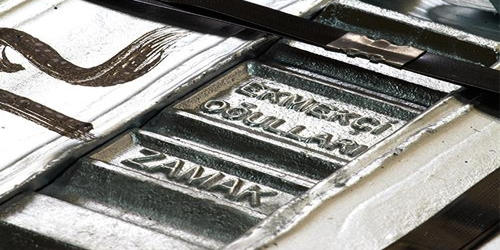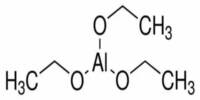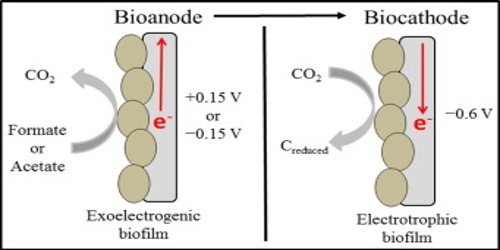Zamak is an alloy of four metals (zinc, aluminum, magnesium, and copper). It also is known as Zamac is a family of alloys with a base metal of zinc and alloying elements of aluminum, magnesium, and copper. Its molding is the creation of components using zinc alloys for die casting.
Zamak alloys are part of the zinc-aluminum alloy family; they are distinguished from the other ZA alloys because of their constant 4% aluminum composition. Its die casting is, in the case of metals, the shortest path between raw material and the desired part, and its applications encompass virtually all sectors.
Among the mechanical characteristics of this group of alloys, the most noteworthy is a rigidity 1,3 times higher than aluminum and a breaking load almost 2/3 times the one of steel.
The acronym ZAMAK identifies a group of zinc alloys that were originally invented by New Jersey Zinc Co. and it is composed of four main metals: zinc, aluminum, magnesium, and copper. The name Zamak is an acronym of the German names for the metals of which the alloys are composed: Zink (zinc), Aluminium, Magnesium, and Kupfer (copper). The New Jersey Zinc Company developed zamak alloys in 1929. Zinc alloys are popularly referred to as pot metal or white metal. While Zamak is held to higher industrial standards, it is still considered a pot metal.

Fig: Zamak-2 Zinc Alloy
Its main advantages –
- Greater dimensional accuracy and achievement of stricter tolerances: Fewer secondary machining operations.
- Longer lasting molds (more than six times those for aluminum and twice those for magnesium); lower maintenance and mold replacement costs.
- Ideal disposition for galvanic coatings (chromium, brass, etc), wider possibilities for finishing and presentation of parts.
The most common Zamak alloy is zamak 3. Grade Zamak 3 alloy is the most widely used zinc alloy in the zinc dies casting industry. It has excellent physical and mechanical properties, good castability, and long term dimensional stability. Besides that, zamak 2, zamak 5, and zamak 7 are also commercially used. These alloys are most commonly die cast. Zamak alloys (particularly #3 and #5) are frequently used in the spin casting industry.
A large problem with early zinc dies casting materials were zinc pest, owing to impurities in the alloys. Zamak avoided this by the use of 99.99% pure zinc metal, produced by New Jersey Zinc’s use of a refluxer as part of the smelting process. Its combination with leather, resins, or laces is spectacular, being decisive in the creation of a masculine jewelry line.
















